Sometimes, when you look at a used car, you can tell what it was used for, and how it was treated. Completely stock, worn-out driver’s seat, other seats immaculate? Commuter. Unicorn stickers on the inside of the rear windows and Cheerios in the cracks of the seats? Kid-hauler. Huge aftermarket stereo and flashy wheels on a base-model car? First brand-new car of a fast-food restaurant manager. Today we’re looking at two vehicles both priced at $2,300, and I’m going to take a stab at guessing the lives they led up to this point.
Yesterday was all about cheap cars, as we took a look at what a stack of ten Benjamins will get you these days. The idea of a nearly 300,000-mile Jaguar scared a lot of you, as it should. But then, a lot of you disagreed with my assertion that a basic 2.0/manual Golf should be plenty reliable. But enough of you liked it, or disliked the Jaguar, to give the little VW a comfortable win.
I’m definitely on Team Golf here. The best cheap cars are simple ones, and a manual gearbox with a new clutch should be pretty much foolproof. I mean, there was that one time I was leaving a Guns N’ Roses concert in my old Golf, and fifth gear went out on the highway, but that had to have been a fluke, right?
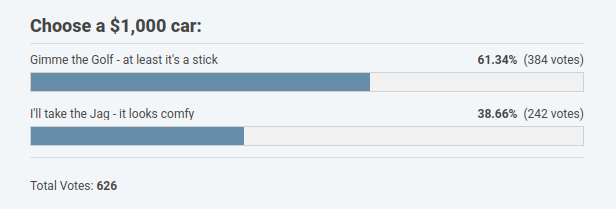
Now then: For your consideration today, I have an economy car with really low miles and a bit of body damage, and a V8 SUV with a bunch of aftermarket parts for sale at a junkyard. Let’s see if we can suss out their backstories.
1995 Ford Aspire – $2,300
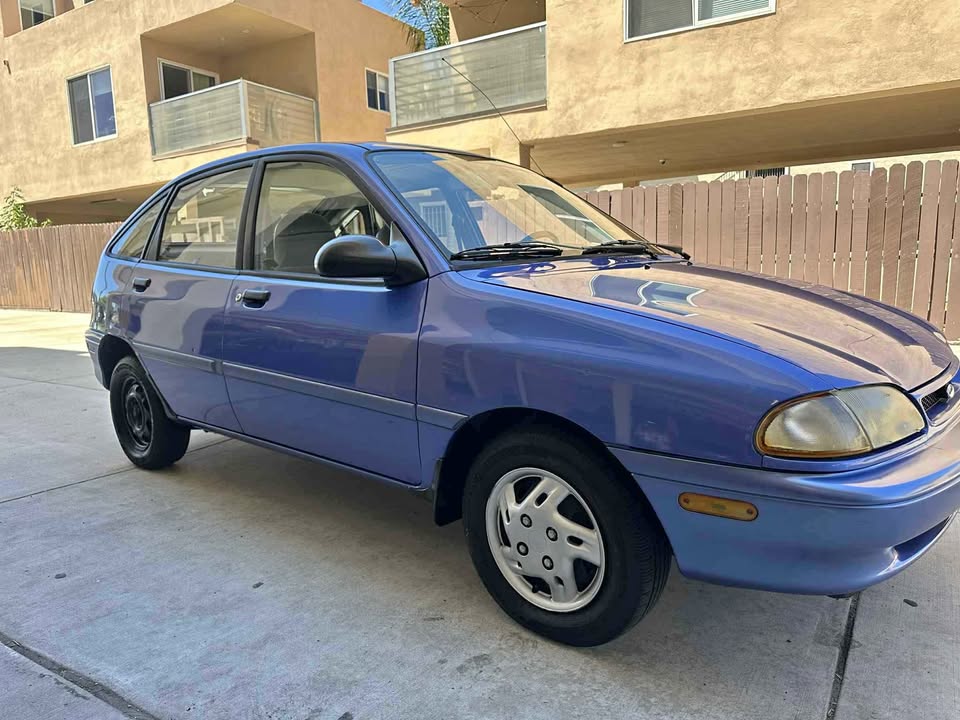
Engine/drivetrain: 1.3 liter OHC inline 4, three-speed automatic, FWD
Location: San Diego, CA
Odometer reading: 86,000 miles
Operational status: Runs and drives well
The first time I saw a Ford Aspire, I was giving it its first oil change, at the garage where I used to work. An older gentleman had bought it to tow behind his RV. “They call it an Aspire,” he told me, patting the roof of the shiny white hatchback. “They can call it whatever they want, as long as it doesn’t expire.” I saw quite a few more while I worked there, and while some were driven by college students, the majority of owners were elderly. I’m guessing that this one had an elderly owner as well, based on the low mileage, the generally excellent condition, and the wrinkle in the driver’s door, which could have come from an altercation with a garage door sill.
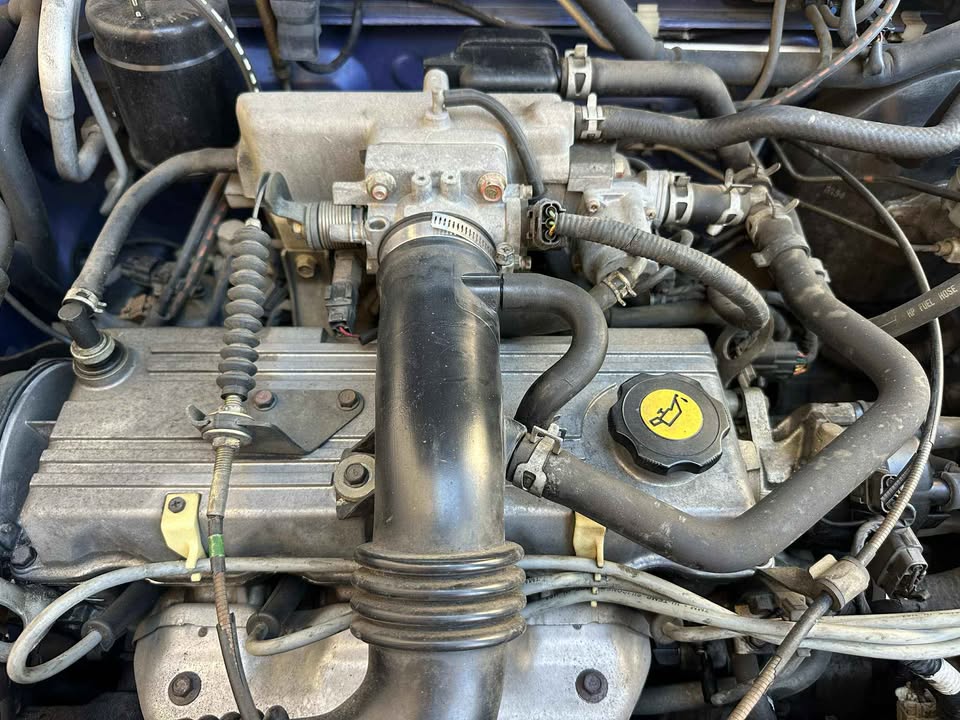
The Aspire was the replacement for Ford’s tiny captive-import Festiva, and like the Festiva, it was built in South Korea by Kia. It’s powered by a Mazda 1.3-liter four-cylinder making all of 63 horsepower. Two transmissions were available, also both from Mazda: a five-speed manual or a three-speed automatic. If you’re hoping for a manual in this one, you’re in for a disappointment. It does, however, run and drive just fine.
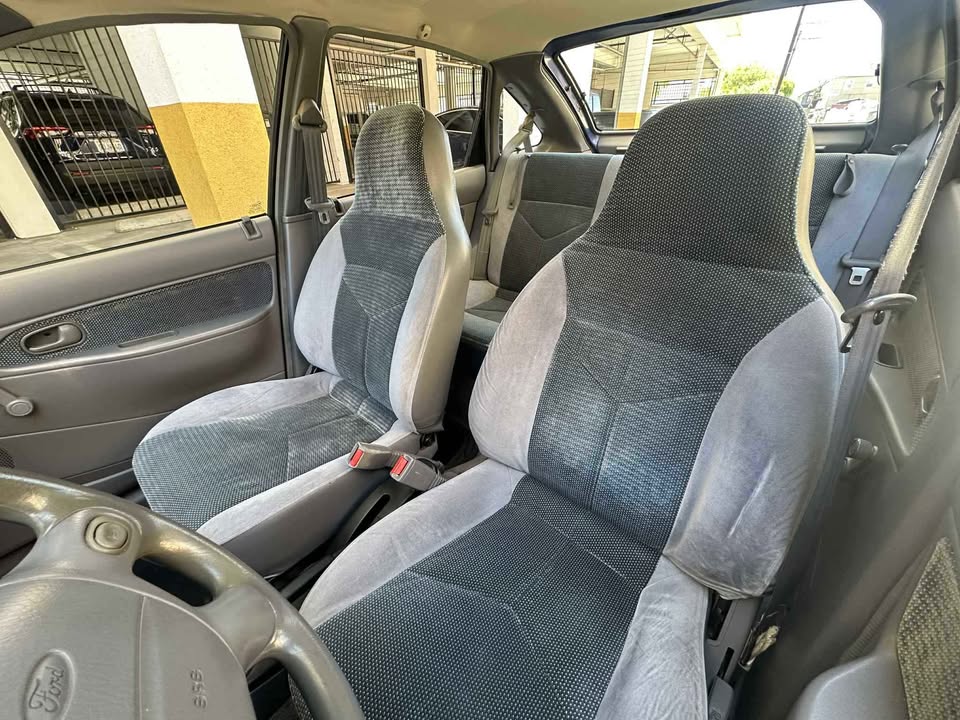
The Aspire is still an economy car, but it was a huge step up in refinement over the tinny little Festiva. I mean, its door panels actually cover the whole inside of the door, rather than leaving a strip of painted steel at the top. This one is in pretty good condition, though the driver’s seat shows a little wear. It has air conditioning, and it works, though I bet switching it on feels like dropping an anchor.
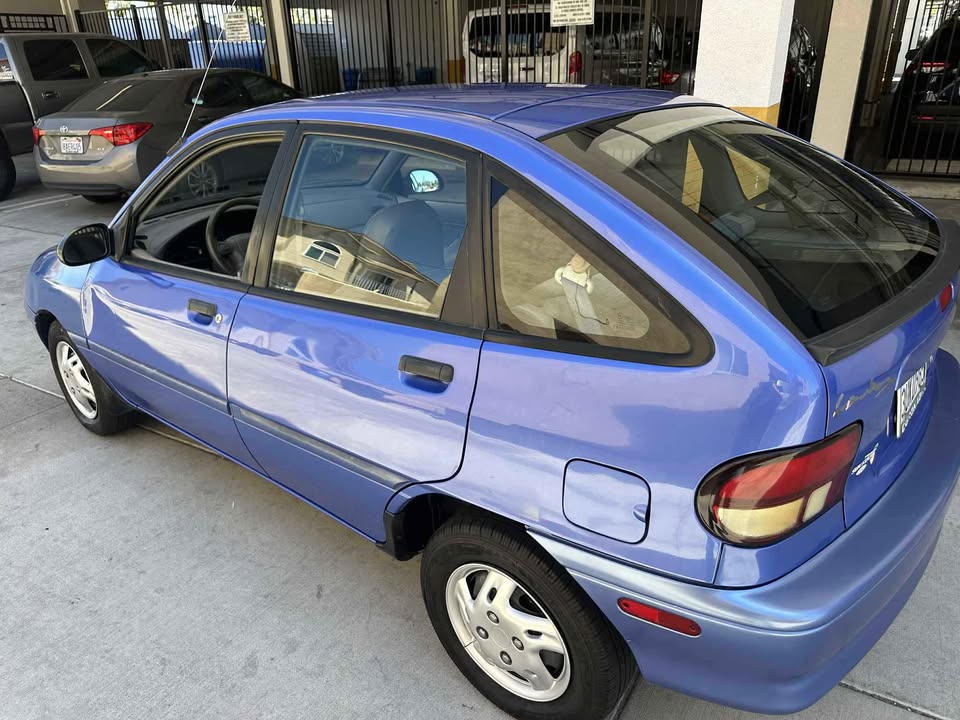
Outside, it looks good, except for the aforementioned dent, and one missing hubcap. The Aspire came in some good colors, like all Fords in the 90s; this one is literally called “Blueberry.” One thing I have started to notice about cars this age, though, is that the paint on the bumpers seems to fade more quickly than the rest. Maybe it has something to do with the additives in the paint to make it stick to the flexible bumpers.
2000 Dodge Durango SLT – $2,300
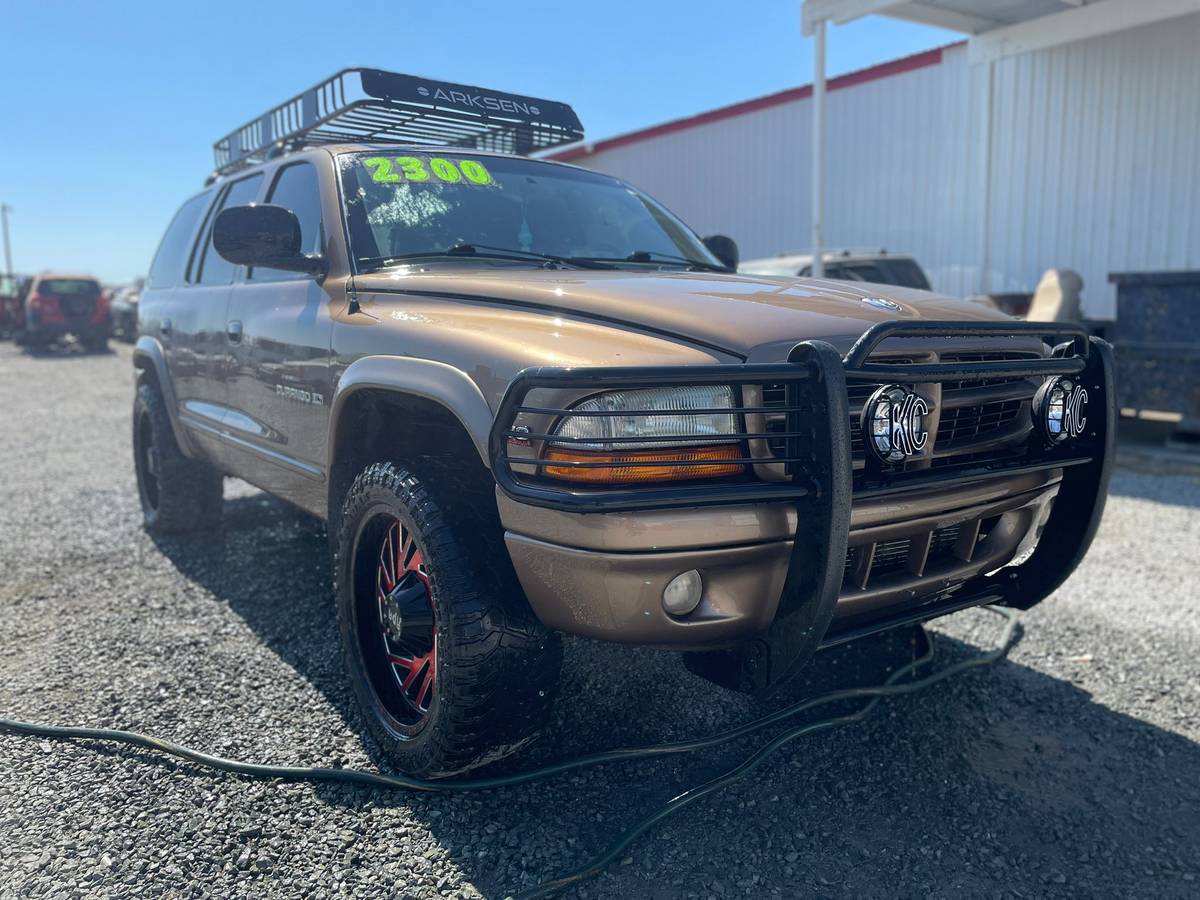
Engine/drivetrain: 5.2-liter OHV or 4.7-liter OHC V8, four-speed automatic, FWD
Location: Stockton, CA
Odometer reading: 205,000 miles
Operational status: Runs and drives
The SUV craze was in full swing by the time Dodge introduced the Durango in 1998. It followed the same formula as its Ford and Chevy counterparts: it was based on the Dakota mid-sized pickup. Like the Ford Explorer and Chevy S-10 Blazer, it was meant more for suburbia than for the trails, but of course, it could be modified for some better off-road chops. This one looks like its modifications are more for show than for ruggedness, though. My guess is that this one was owned by a young guy who came into some unexpected money and lavished his truck with gifts.
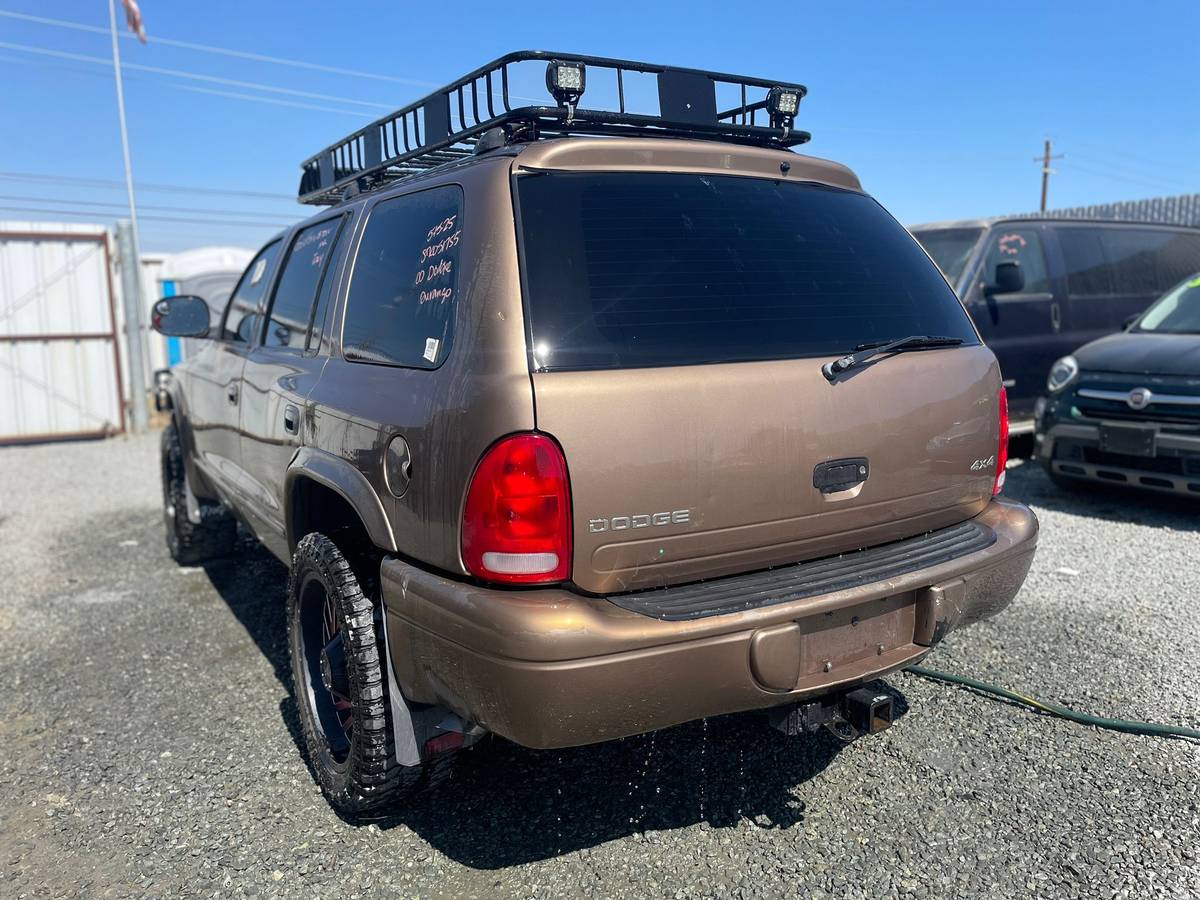
2000 was a changeover year for the Durango’s engine; some had the old 5.2-liter Magnum V8, and some had the new 4.7-liter overhead cam V8. I can’t tell you which one this one has, because the seller has provided neither an underhood photo nor a VIN. It’s being sold by a self-service junkyard, and while they’re awfully enthusiastic about it, they’re a little light on the details. They do say it runs well, and “sounds mean.” Of course, since it has gone into a wrecking yard, it’s coming out with a salvage title, but that’s not a big deal on something this cheap.
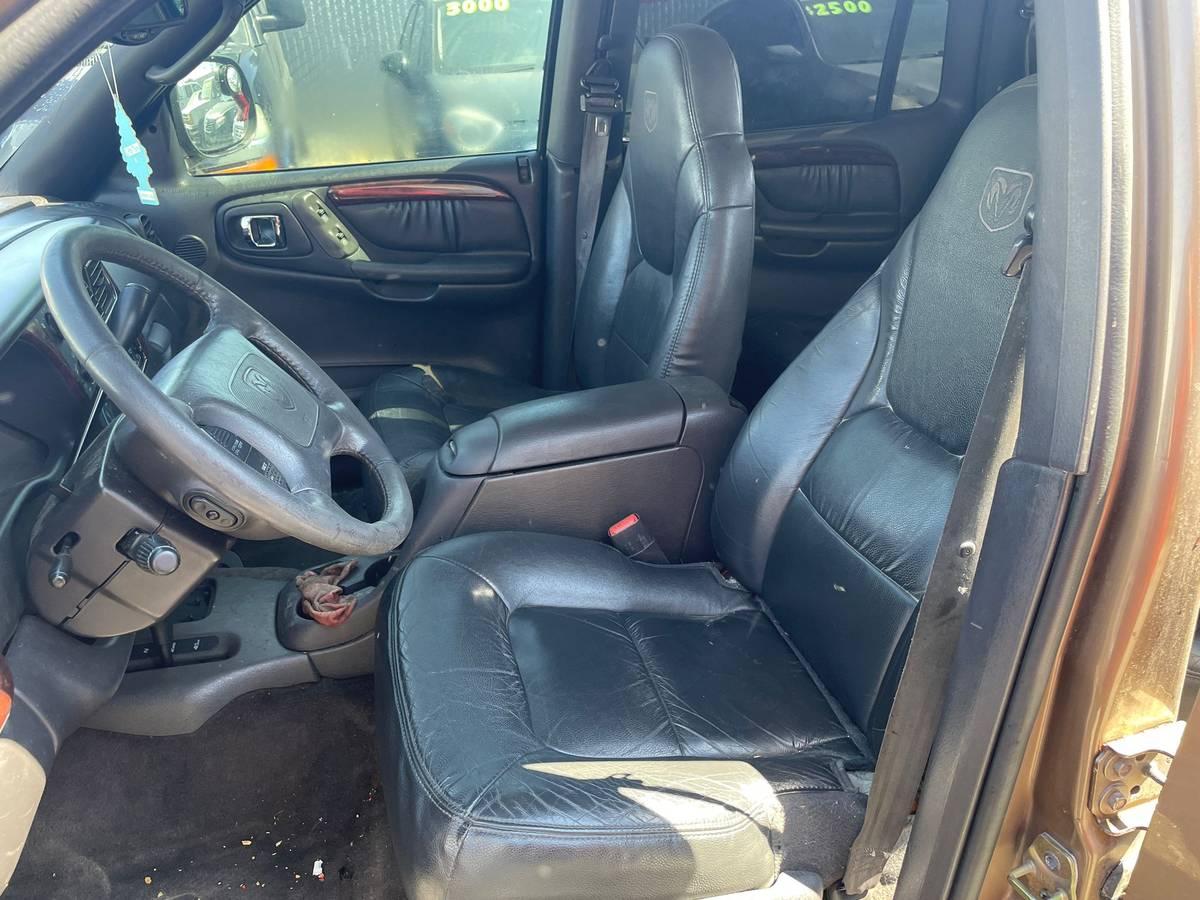
It’s pretty fancy inside, with leather seats and a bunch of power options. From what I gather, that means it’s an SLT Plus model. It’s in surprisingly good shape inside, though there are two replacement door panels in the back. Does that mean they need replacing? And how many of those power goodies still work? Your guess is as good as mine.
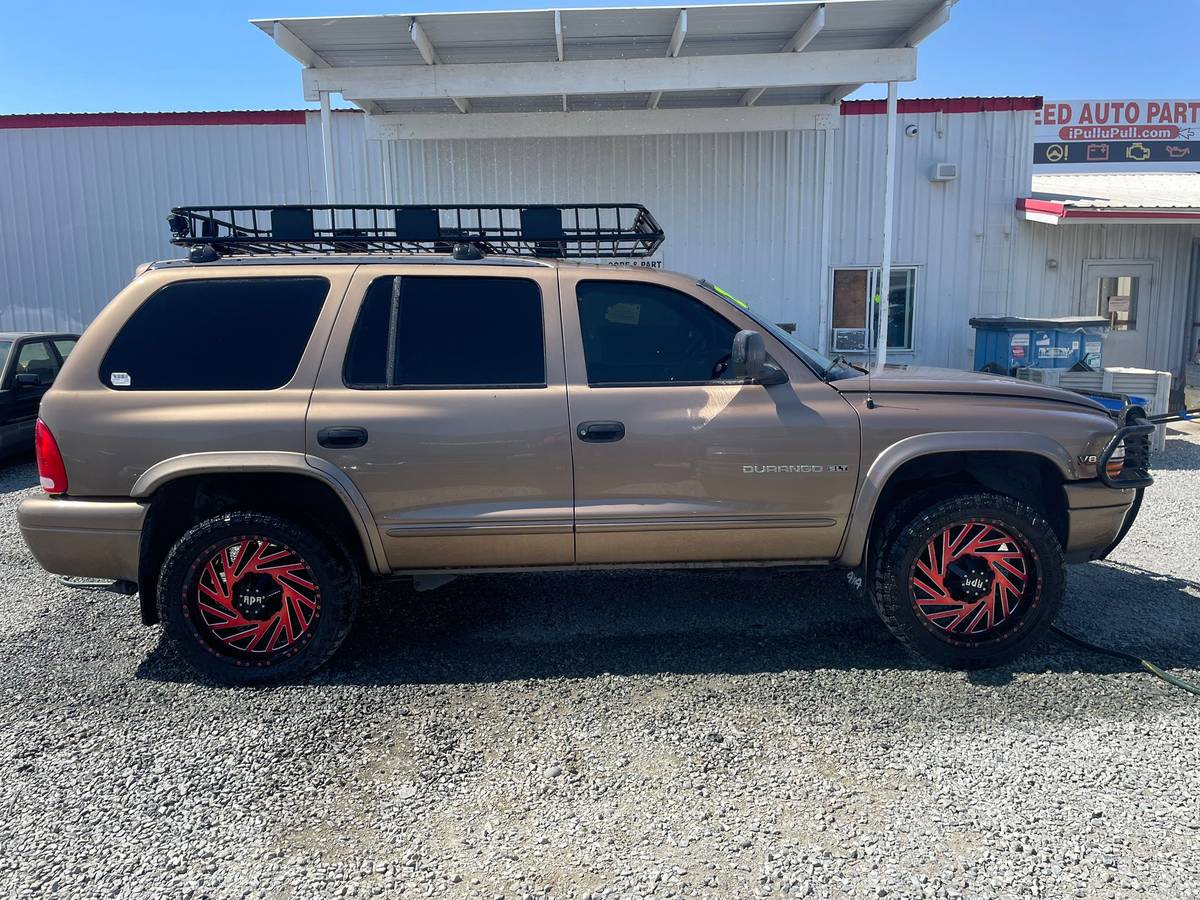
It has a bunch of modifications outside, including a slight lift, a roof basket, a brush bar, lots of extra lights, and a truly appalling set of aftermarket wheels. Really, who thought those were a good idea? Fortunately, some people pay good money for foolishness like that, so you might be able to sell them and recoup some of the price after you replace them with something more appropriate. It’s a good color, though, and it’s not beat-up or rusty.
My favorite description of a used car’s history comes from Douglas Adams. In The Long Dark Tea-Time Of The Soul, he describes a Citroën 2CV as having had “one careful owner but also three suicidally reckless ones.” It’s such a great description, because you know exactly what such a car looks like. You can never know everything a car has been through before it got to you, no matter how many service records it comes with. And sometimes, ignorance is bliss, I think; just deal with the car as it is now, and try to treat it as well as you can during your stewardship of it. So which one of these could find a home with you?
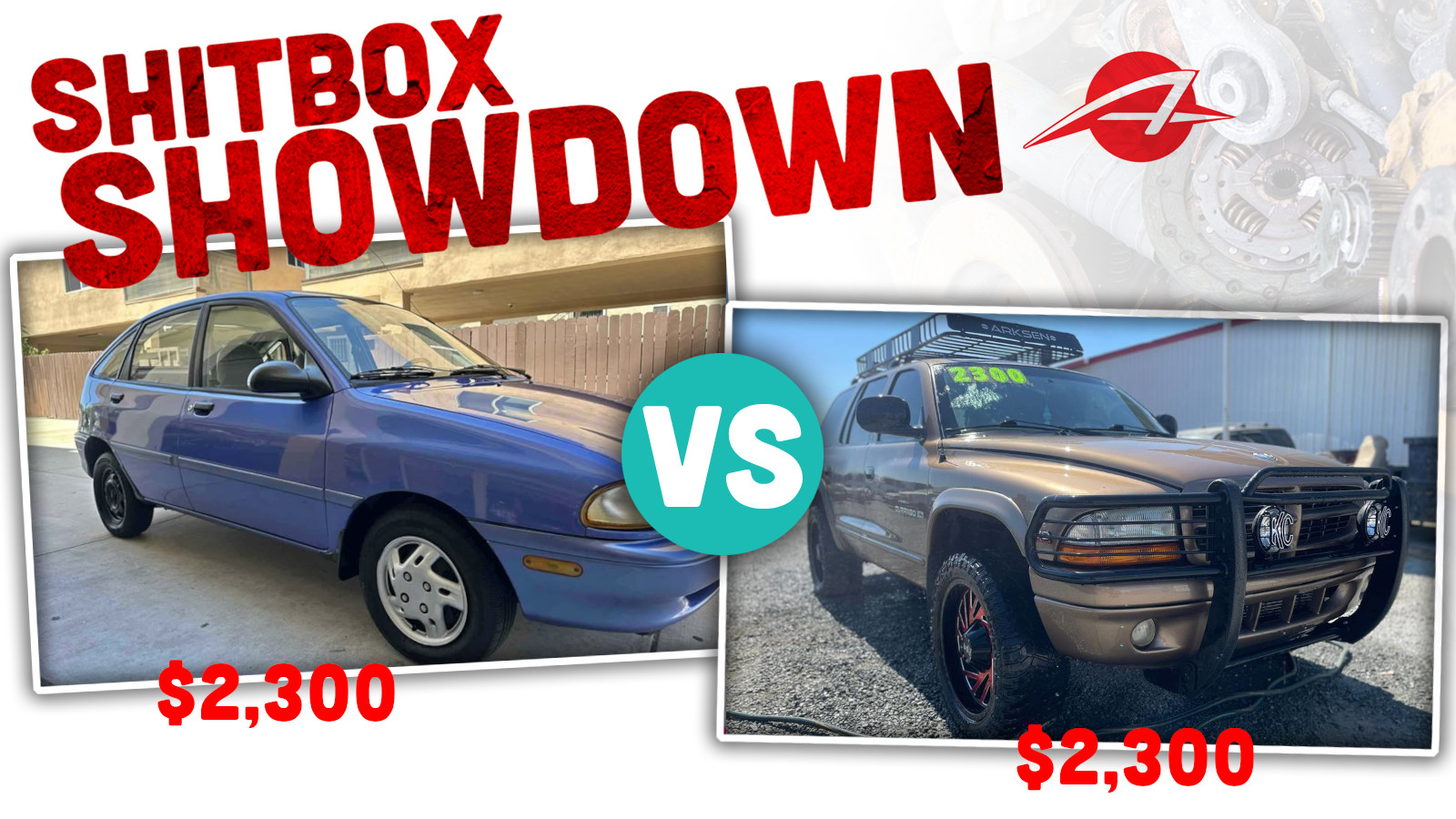





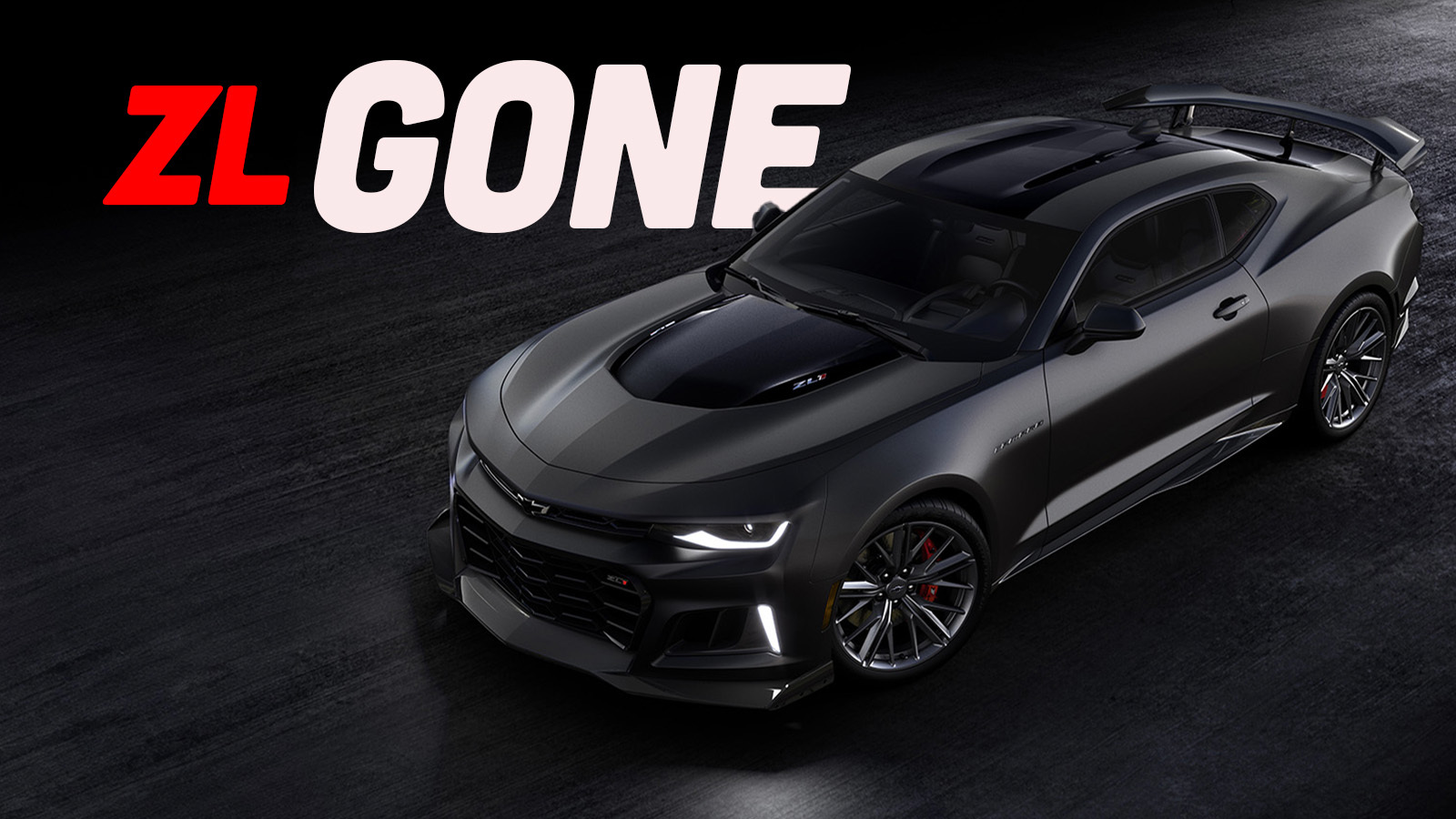
The Assfire has potential as a great engine swap sleeper. It can accept multiple Mazda engines with little modification (B6, B6T), and even more with some clearancing (BP, BPT). The BPT will triple the horsepower.
That Auto really kills it though.